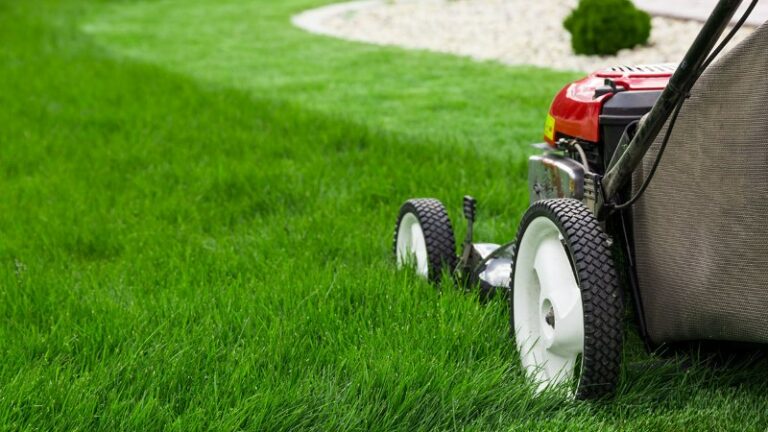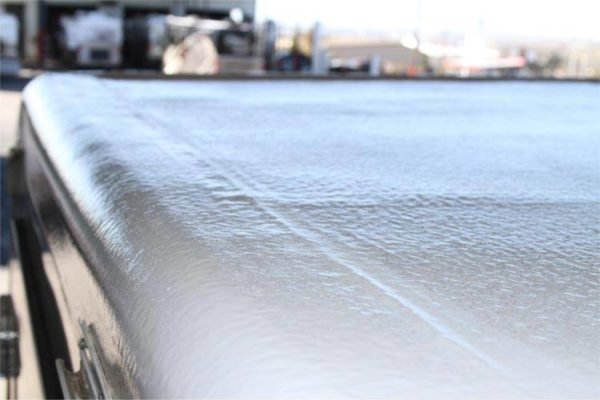Keeping your lawns well-maintained and neat might seem like a tedious task.
But really, it doesn’t have to be that challenging. If you stick to a couple of reminders and establish your routine, maintaining the lawn will come smoothly. Now, it’s even made easier with professional lawn care services that will do all the hard work for you. But first things first you need to start with a good professional mower.
But if you want to first try it yourself, here are some basic tips to get you started.

1. Don’t overwater your lawn!
Overwatering your lawn can be a common mistake. People often water their lawns daily. But they only need to be watered once or twice a week in normal climates. Lawns typically need at most 2 inches of water a week.
2. Water your lawn at the right time
Don’t know when the best time to irrigate your lawn is? It turns out the optimal time is in the early morning. It’s important to do this before it gets too hot towards noon, or else the water will just evaporate. Watering in the evening or night, on the other hand, could attract mold and fungus.
3. Let your lawn breathe
Aerating your lawn is a great way to enhance the irrigation, oxygenation, and strength of the grassroots. Especially if your lawn gets walked on a lot or the soil feels very compact, relieve it by poking many small holes in the soil. Another way to do this is through power raking!
4. Take care of your lawnmower
It might seem insignificant, but regular maintenance of your mower blade will make a big difference. If the blade is too dull, your grass will get damaged and its leaves will become yellow at the tips and prone to disease.
5. Cut in different directions!
Is your lawn grass leaning in one direction? This often happens if you consistently mow your lawn in just one direction. Simply switch up your lawnmowing direction, and get that level, rut-less lawn.
6. Don’t cut right after watering!
The best time to mow your lawn is when it’s dry. Mowing a wet lawn or wet grass will leave it vulnerable to yellowing and disease. Mowing when wet will also clog your mower and dull the blade. Also watch the weather, because humidity can leave your lawn moist without you knowing.
7. Grasscycling your lawn
Did you know that leaving your grass clippings on your lawn can actually be beneficial? These grass bits will work as a great natural fertilizer and food for your soil. To optimize this, you can invest in a mulching mower blade to make the clippings finer and easier for your soil to compost.
8. Make sure the height is right
One way to naturally avoid weeds is by maintaining your lawn at the correct height. Taller grass will create shade near the roots, and this will naturally prevent weed growth. This is especially useful during the summer.
9. Correct and timely fertilization
The best time to fertilize your soil is during autumn and spring. These are the optimal seasons for your lawn to recover from and prepare for the harsh summer and winter seasons. Also, using fertilizer during the summer might leave you with some weeds. Just be sure to choose the right fertilizer for your climate.
10. Make yourself a lawncare calendar!
A need and organized way to keep all of these tips in mind is to make yourself a calendar. Your calendar should include the seasons and temperatures, and consider the weather as well. Using your calendar, you can schedule when to use fertilizers or weed Killer, when to raise your mower blade, and when to lower it. The most important thing to remember about your lawn is that it responds to the environment, so be observant!

Now that you have the basics ready, it’s time to keep your lawn looking at its best. And if ever you’re still encountering any difficulties, then don’t hesitate to call the experts.








